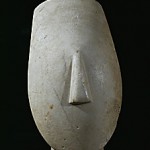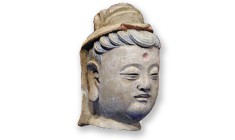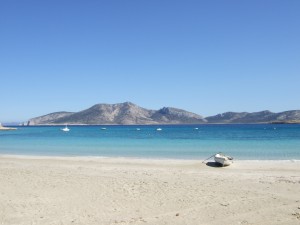Neil Brodie Headed to Keros
30 Sep 2012

Neil Brodie is headed to the Cyclades to conduct archaeological survey on the island of Keros. This is follow-up work stemming from excavations conducted with Cambridge University’s Keros Project, headed by Trafficking Culture friend Colin Renfrew. Several other Friend of the Project and Project Team Members have previously worked on Keros as well.
As many of you know, Keros was the site of some of the most famous incidents of antiquities looting in recent memory. The Early Bronze Age people of the Cyclades fashioned distinctive marble figurines and many of which are said to have come from Keros. The so-called Keros Hoard or Keros Haul, the name assigned to a particularly fine set of Cycladic figurines which were said to have been looted from the island in the middle of the 20th century, has been the subject of much discussion over the information lost through looting and the ethical issues raised by publishing unprovenienced artefacts.
Previously dismissed as ugly or ‘primitive’ by art historians, Cycladic figurines became increasingly popular among collectors in the early to mid 20th century as modern art, by chance, began to take on forms reminiscent of this Bronze Age style. As demand grew for the figurines, numerous Cycladic island sites were looted and a faking industry arose. Essentially the art market beat archaeologists to the figurines and the lack of intact figurine deposits combined with so many fakes has produced a situation where we can barely guess at the purpose of these figurines.
The entire discussion surrounding the so-called Keros Hoard offers a paradigm case of the damage done to prehistoric archaeology and to our understanding of the past by looters, dealers, collectors, and museum in the process of the provision of unprovenanced antiquities and their subsequent collection. ‘The Keros Hoard: Remaining Questions’ (Renfrew 2008).
Today the island of Keros is uninhabited and only archaeologists and scientists with valid permits are allowed to visit it.

